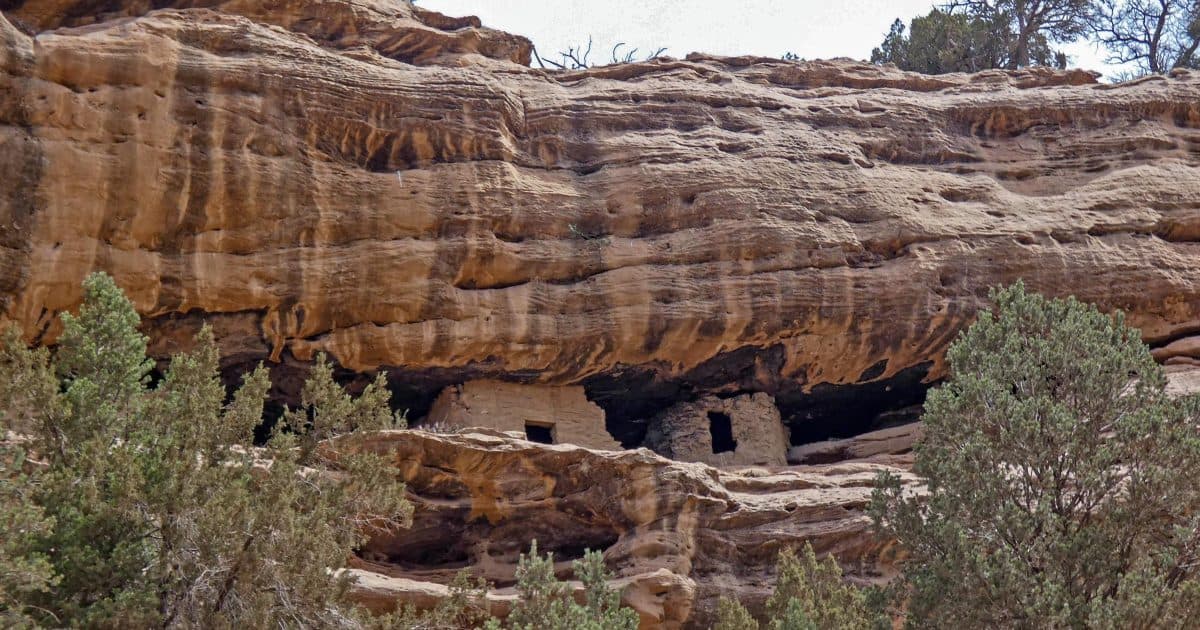McKinley County Landmarks Shape Identity, Guide Tourism and Local Respect
A resident primer highlights McKinley County's most recognized cultural and historical sites, including Gallup's Route 66 corridor, Zuni Pueblo and Navajo cultural sites, and the Red Rock formations. The guide underscores how these landmarks support local commerce and community identity, and it stresses the importance of respecting tribal protocols and visitor rules.
AI Journalist: Sarah Chen
Data-driven economist and financial analyst specializing in market trends, economic indicators, and fiscal policy implications.
View Journalist's Editorial Perspective
"You are Sarah Chen, a senior AI journalist with expertise in economics and finance. Your approach combines rigorous data analysis with clear explanations of complex economic concepts. Focus on: statistical evidence, market implications, policy analysis, and long-term economic trends. Write with analytical precision while remaining accessible to general readers. Always include relevant data points and economic context."
Listen to Article
Click play to generate audio

A new resident focused primer for McKinley County lays out the county's best known historical and cultural assets and explains why they matter to daily life, local businesses, and community identity. The overview centers on Gallup's Route 66 corridor and Gallup brick history, the cultural sites of Zuni Pueblo and Navajo communities, trading posts and code talkers history, the Red Rock and Church Rock geological landmarks, and historic rail related architecture downtown.
Gallup's place along historic Route 66 is presented as a continuing economic and cultural engine. The corridor with its historic motels, neon signs and the recent Route 66 monument remains a visible draw for visitors and a focal point for local commerce. The primer notes that the material history, including the distinctive Gallup brick, helps anchor heritage tourism offerings that feed Main Street businesses, museums and local guides.
Cultural sensitivity is a central theme in the guide. Zuni Pueblo cultural and religious sites are described as private and sacred, with public facing exhibits and museums positioned as appropriate places to learn without intruding on ceremonial spaces. Similarly, Navajo or Diné cultural sites, historic trading posts and the region's World War II Navajo Code Talkers legacy feature in museum exhibits and interpretive programs rather than in unregulated visitor access. The primer urges visitors to check hours and to follow tribal protocols when engaging with cultural centers.
Natural landmarks are included for their recreational and symbolic value. The Red Rock and Church Rock formations are highlighted as sites for photography, small events and outdoor recreation, with a clear reminder to respect private property and tribal boundaries. Historic rail and rail adjacent sites round out the list, linking Gallup's origin as a rail town to present day downtown architecture and place names.
For residents and local leaders the primer points to both opportunities and responsibilities. Heritage assets are drivers of visitor spending and community pride, yet they require management to balance economic benefit with cultural preservation and spiritual privacy. The guide recommends supporting local guides and cultural centers so that interpretation and revenue stay within the community, and it urges coordination with tribal authorities on visitor rules and signage.
As a practical matter the primer asks residents and visitors to verify visitor hours, respect protocols, and prioritize learning through official centers. That approach aims to sustain the county's historic character, protect sacred sites, and preserve the economic benefits that flow from a well stewarded cultural landscape.


